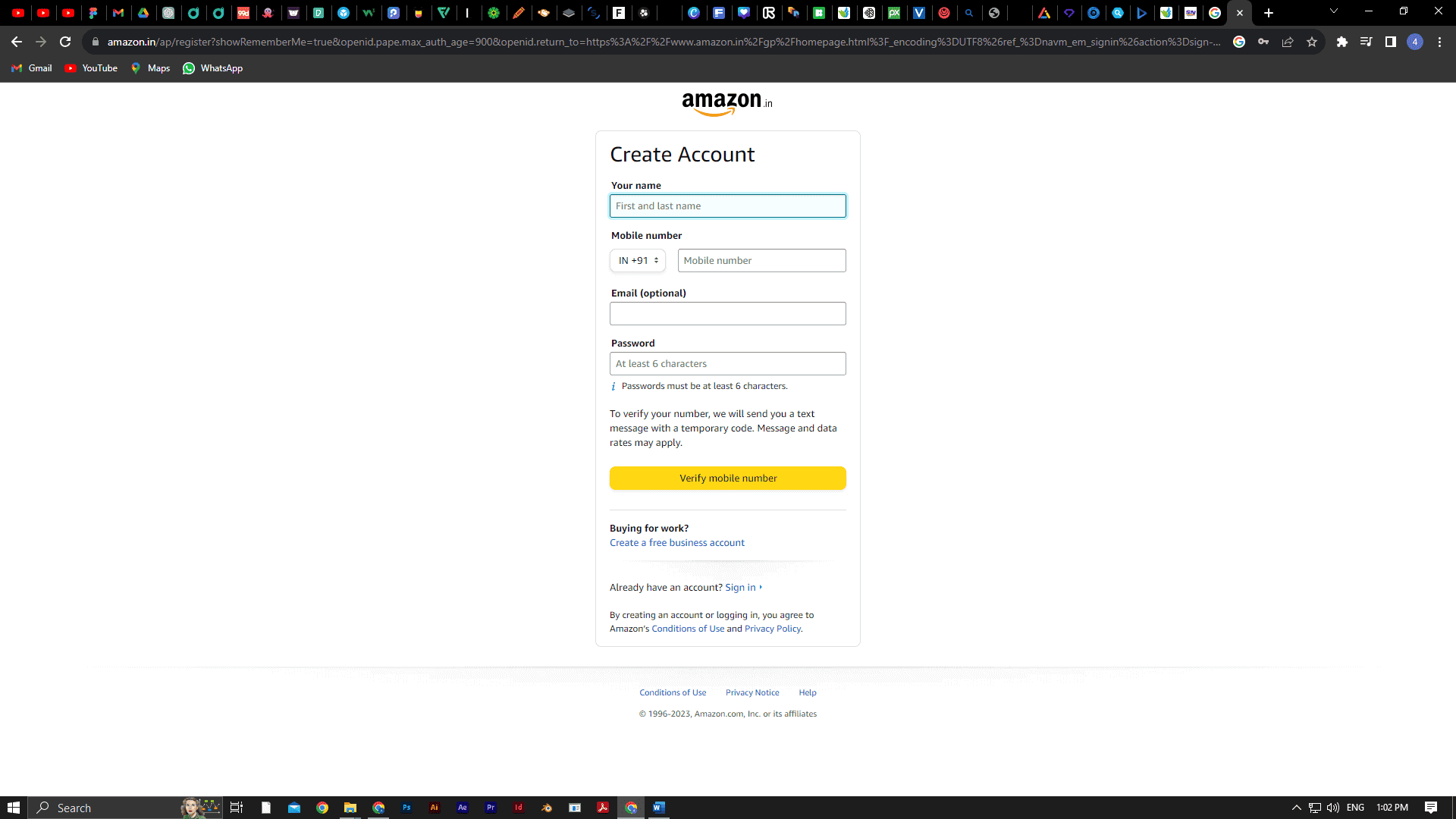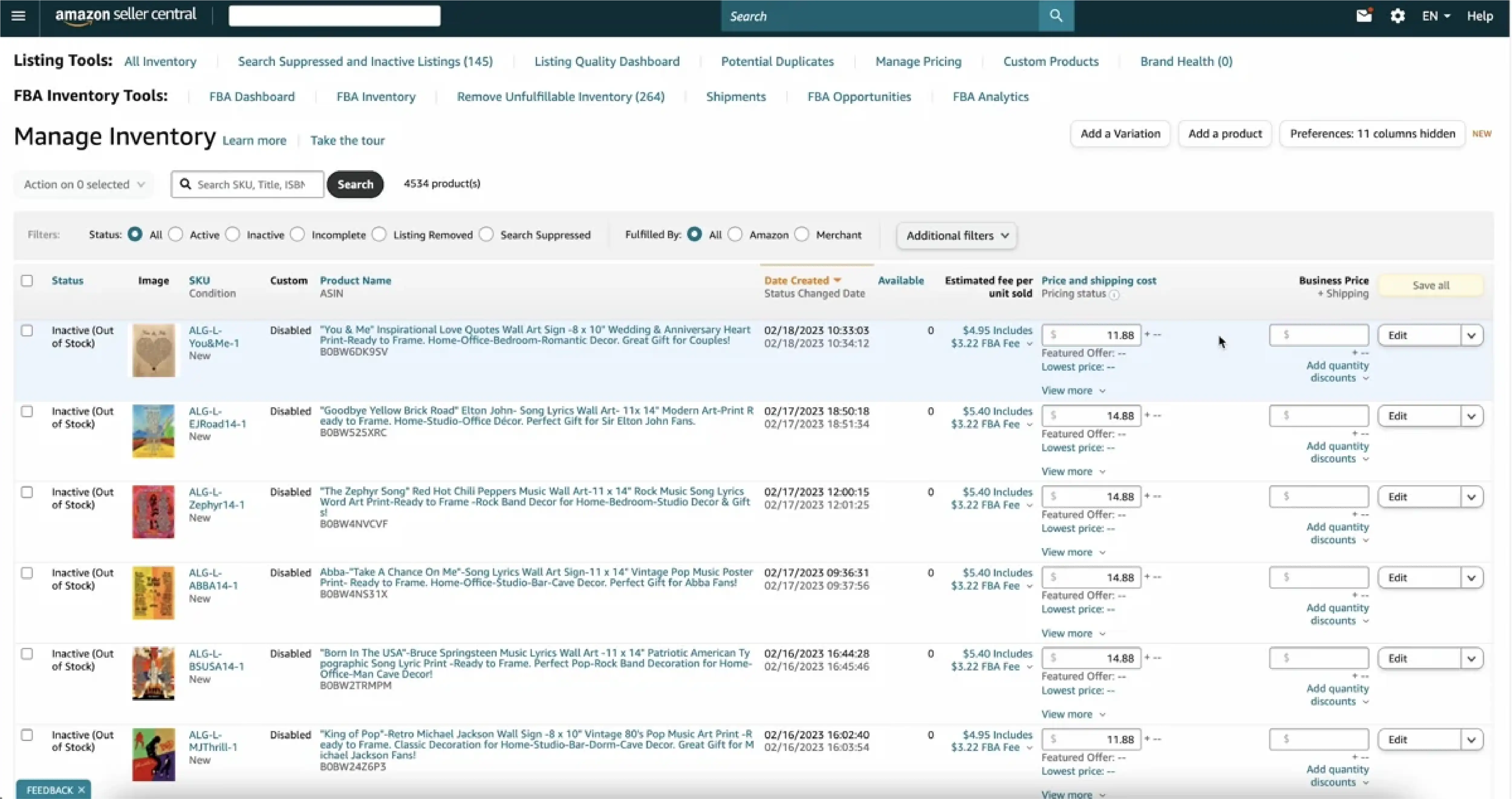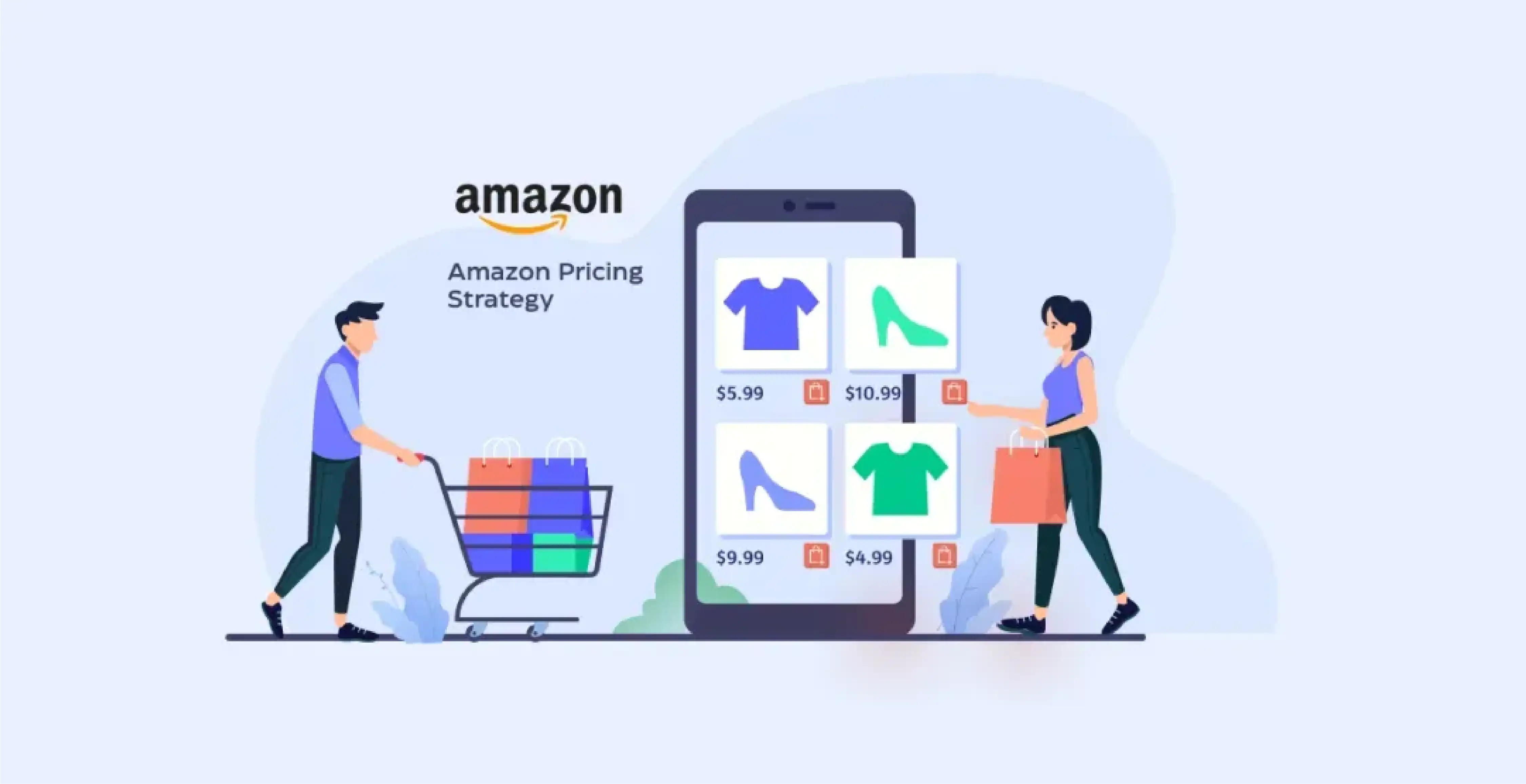
When setting up an Amazon Seller account, it's essential to carefully choose between an Individual or Professional account based on your business needs. Ensure that you provide accurate business information and set up payment and shipping settings. To enhance your brand's image, personalize your Amazon Seller profile with a brand logo, an appealing banner, and a detailed "About Us" section.
If you have a registered brand, consider enrolling in Amazon Brand Registry, which grants you more control over your brand's presence and content. Also, decide whether you want to fulfill orders yourself or take advantage of Amazon's FBA (Fulfillment by Amazon) services. FBA can save you time and grant your products Prime eligibility, boosting their visibility.

Optimizing your product listings is critical for attracting customers. Start by crafting clear, descriptive, and keyword-rich product titles to improve discoverability. High-quality images are a must; use high-resolution images that showcase your product from multiple angles.

Before setting prices for your products on Amazon, perform a comprehensive competitive analysis. Research your competitors' pricing, customer reviews, and sales rank. Various tools, including Amazon's Best Sellers and third-party software, can assist in this analysis.
Effective inventory management is crucial to prevent stockouts and overselling. Monitor your inventory regularly to ensure you maintain optimal stock levels. If you choose FBA, send your products to Amazon's fulfillment centers, where they handle storage, packing, shipping, and customer service.
FBA can help you meet Amazon Prime requirements and improve your product's visibility. Additionally, consider utilizing Multi-Channel Fulfillment to fulfill orders from other sales channels, not limited to Amazon, via the FBA service.
To increase product visibility, create pay-per-click (PPC) advertising campaigns on Amazon. Sponsored Products is a popular choice, where you select relevant keywords and set competitive bids to boost your product's visibility.
Understand different ad types like Sponsored Products, Sponsored Brands, and Sponsored Display, and continuously optimize campaigns based on performance data. Effective budget management is also vital; set daily or lifetime budgets, monitor campaign spend, and adjust as needed to maximize your ROI.


Regularly monitor key performance metrics on Amazon to assess the effectiveness of your strategies. Keep an eye on sales metrics, such as sales, revenue, and conversion rates, to gauge your business's overall health.

Providing excellent customer support is paramount. Address customer inquiries and issues promptly to build trust and maintain positive relationships. Additionally, regularly monitor customer reviews and respond to them, both positive and negative.
Expanding to international Amazon marketplaces can be a lucrative move. To get started, carefully select the marketplaces you want to expand into, such as Amazon UK, Amazon Germany, or Amazon Japan.
Localization is key; adapt your product listings, customer support, and advertising for each marketplace. This includes addressing language, currency, and cultural nuances.
Decide whether you will fulfill orders internationally from your home country or use Amazon's international fulfillment services for efficient shipping.
Expanding to international markets opens up new opportunities but requires careful planning and adaptation to local markets' specific demands and preferences.
